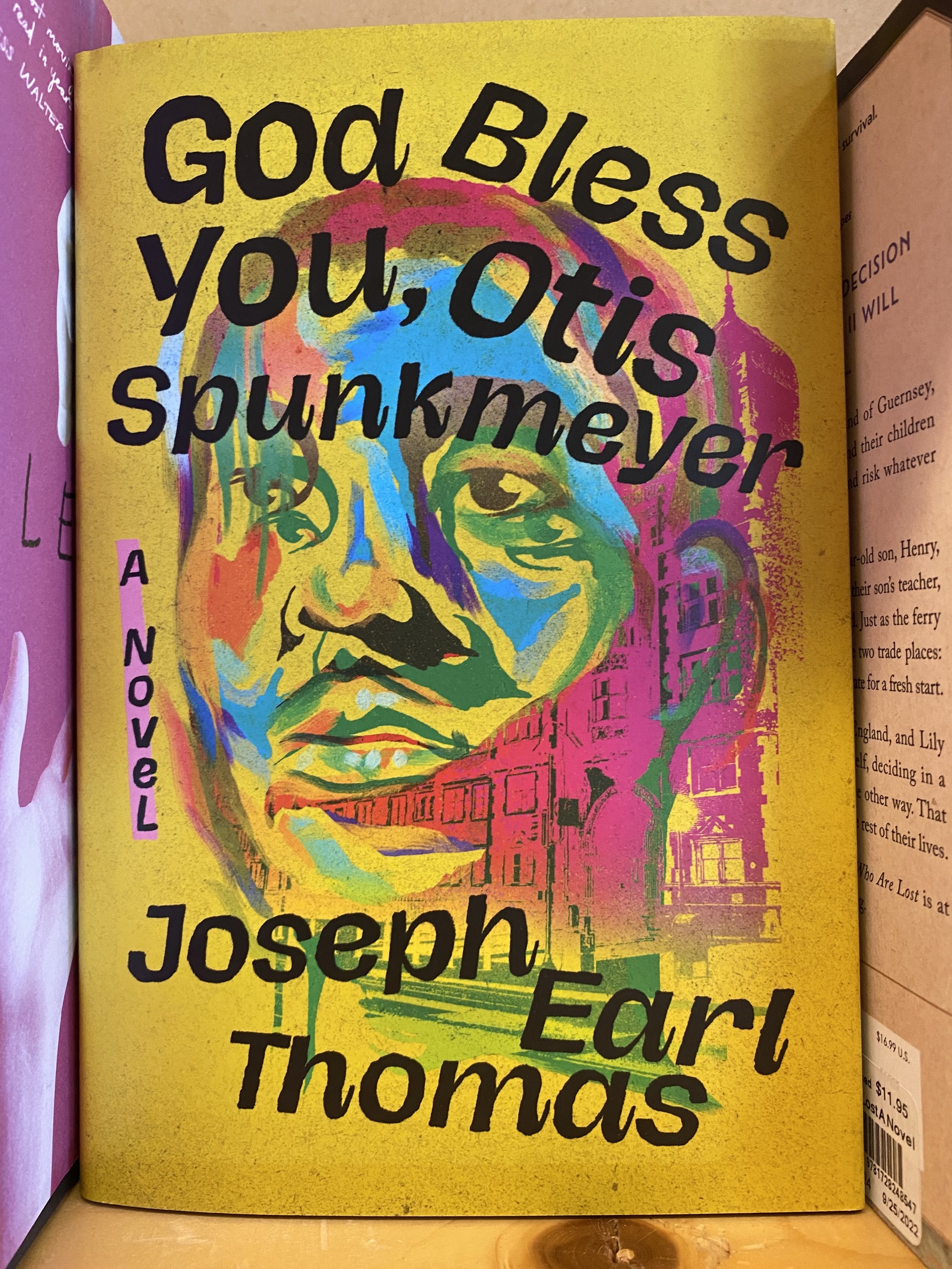3/5 stars
What's it about? Half of a Yellow Sun takes place in 1960s Nigeria, when the eastern part of the country seceded to form Biafra. The novel follows beautiful Olanna, academic and activist Odenigbo, their young houseboy Ugwu, Olanna’s estranged twin Kainene, and her British lover Richard. A richly told account of the ravages of civil war.
How’d I find it? Adichie’s writing talents make me interested to read anything she’s published. This particular copy was a Christmas present my husband received.
Who will enjoy this book? For similar themes, check out the short story collection Say You’re One of Them by Uwem Akpan or the film Blood Diamond.
What stood out? Adichie paints every scene painstakingly so that reading this novel is a transportive experience. Take just three sentences from a whole paragraph describing a dining table: “Master’s plate was always the most rice-strewn, as if he ate distractedly so that the grains eluded his fork. Olanna’s glass had crescent-shaped lipstick marks. Okeoma ate everything with a spoon, his fork and knife pushed aside.” And so on. This level of description bloats the novel by at least 150 pages that could have been trimmed to rev up the pace. Half of a Yellow Sun also suffers from occasional toggling between the early and late sixties, a device more successful in jarring the reader than in building anticipation.
The novel’s great success is its luxurious detail about Igbo language and culture and Nigerian politics. I enjoyed learning from the characters, so thoroughly lovable (yes, even Richard with his passive racism) that there’s always someone to root for amidst the violence and grief.
Which line made me feel something? This possible definition of hell gave me pause: “The bumpy ride lying in the backseat of the Peugeot 404 and the fierce sun that sparkled the windscreen made Ugwu wonder if he had died and this was what happened at death: an unending journey in a car.”









